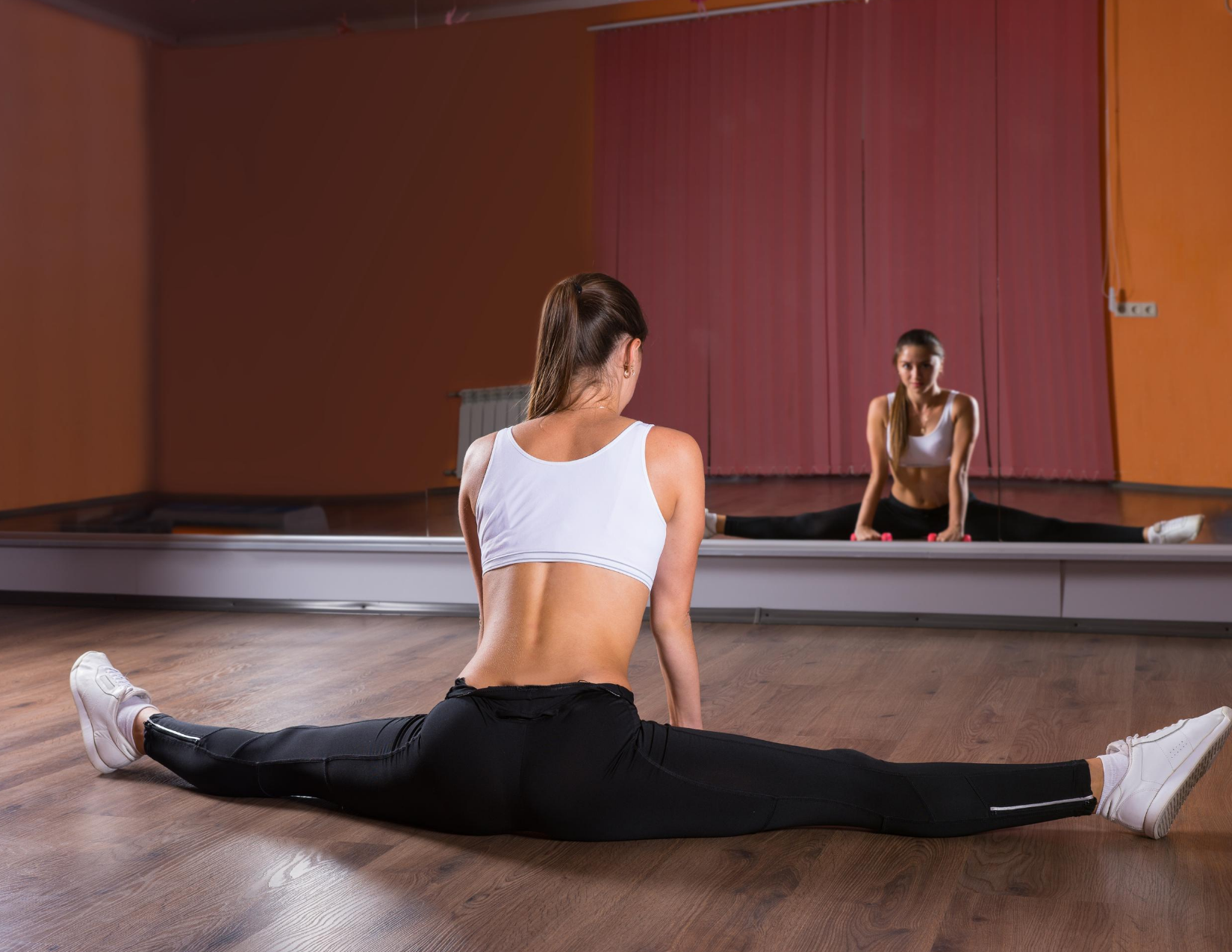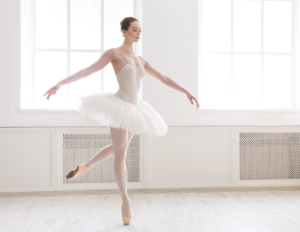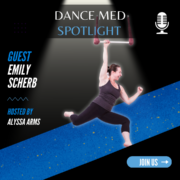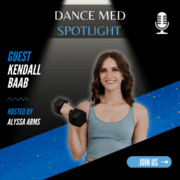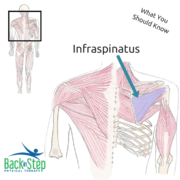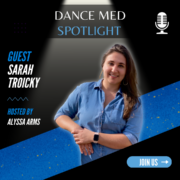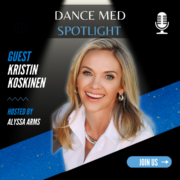Warm Up like the Australian Ballet!
Trying to get your splits closer to the floor or your battements higher? Are you told to sit in front of the TV and stretch for long periods of time? It turns out that this may not be the best way to improve flexibility and performance while also preventing injury. The Australian Ballet agrees, and here’s why.
Static stretching may not always help and can cause harm.
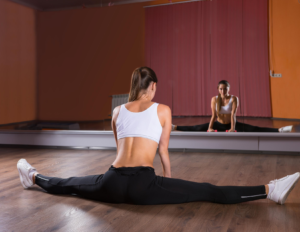
Dancers in the Australian Ballet were experiencing a lot of calf tears. Their physical therapists (PTs) wondered why this was the case. After changing their warm-up routine, the PTs found the culprit of these injuries to be static calf stretching.
What is static stretching? It’s when you hold a single position over a period of time, like this dancer sitting in her middle splits. For many years, it was thought that this was the best way to improve flexibility. But now that is changing. Besides, how often would you stay in a middle split while performing, auditioning, or competing?
The Australian Ballet used to do static calf stretching on a slanted board during warm-up for rehearsal or performances. Now, they’ve given their dancers a more dynamic form of calf stretching during warm-up. Because of this change, there was a significant decrease in calf tears within their company!
Strengthening muscle groups in a functional way is the key to success for dancers.
Dancers need a lot of strength when performing. This especially applies to something called “eccentric movements”. During an eccentric movement, the muscle is engaged but lengthening at the same time. For example, when a dancer performs a grand jeté, they use eccentric control of their calf when they land. Or when a dancer comes down from a relevé en pointe, they need good eccentric control to do it.
One way that the Australian Ballet works on this is by having thier dancers perform 24 one-leg heel raises at the end of each barre session, every day. As a result, they have seen a big decrease in ankle and calf injuries. These dancers may do thousands of single leg heel raises throughout a rehearsal or stage performance. By doing this set of heel raises at the end of barre, dancers’ muscles are primed for correctly using this motion throughout their rehearsal or performance. This ultimately decreases dancers’ risk for future injury.
Dancers must have the strength to perform powerful movements.
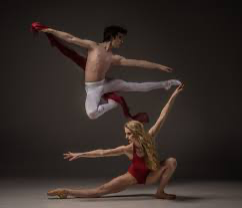
Besides switching from static stretches to more dynamic movement, the Australian Ballet also added a focus on strengthening deep core stabilizers and key power muscle groups. This has helped the dancers get their battements higher with more ease and prevent future injuries.
The deep core stabilizers protect the spine and provide stability of the torso. By activating these muscles, dancers won’t overcompensate with other muscle groups. Dancers can better protect their joints, muscles, and ligaments through using these deep muscles. Strengthening of the key muscle groups also gives dancers the power they need to do their amazing battements, turn sequences, and grand jetés.
Static stretching of these muscles for long periods of time can actually lead to them becoming inactive and less effective! We wouldn’t want dancers jumping into a rehearsal or performance with inactive muscles, since it could lead to significant injuries. So before dancing, dancers in the Australian Ballet activate their deep core and key power muscles. We call this “muscle priming”. Muscle priming wakes up key muscles that dancers need to give a beautiful performance while keeping them injury-free.
Our Recommendation
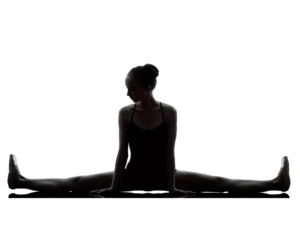
The dancers from companies like the Australian Ballet have seen the benefits of changing their warm-up routines, getting rid of static stretching and adding in muscle priming activities. And we agree with this concept! Dancers should do muscle activation exercises instead of static stretching or foam rolling before class, rehearsal, and a performance.
So next time you think about sitting in front of the TV in your middle splits, think again! Remember the importance of dynamic stretching, functional strengthening, and strengthening of certain muscle groups to ultimately improve your performance and keep you safe!
For more information on stretching, check out this link to our previous blog post. And if you’re looking for help to make these positive changes for yourself or your dance students, contact us. We love working with our dance community to keep everyone happy and healthy!
Also check our our Dancer’s Kit!
Click this link to check out the full article on why the Australian Ballet stopped stretching.
Guest blog by Marissa Holliday, student physical therapist.

